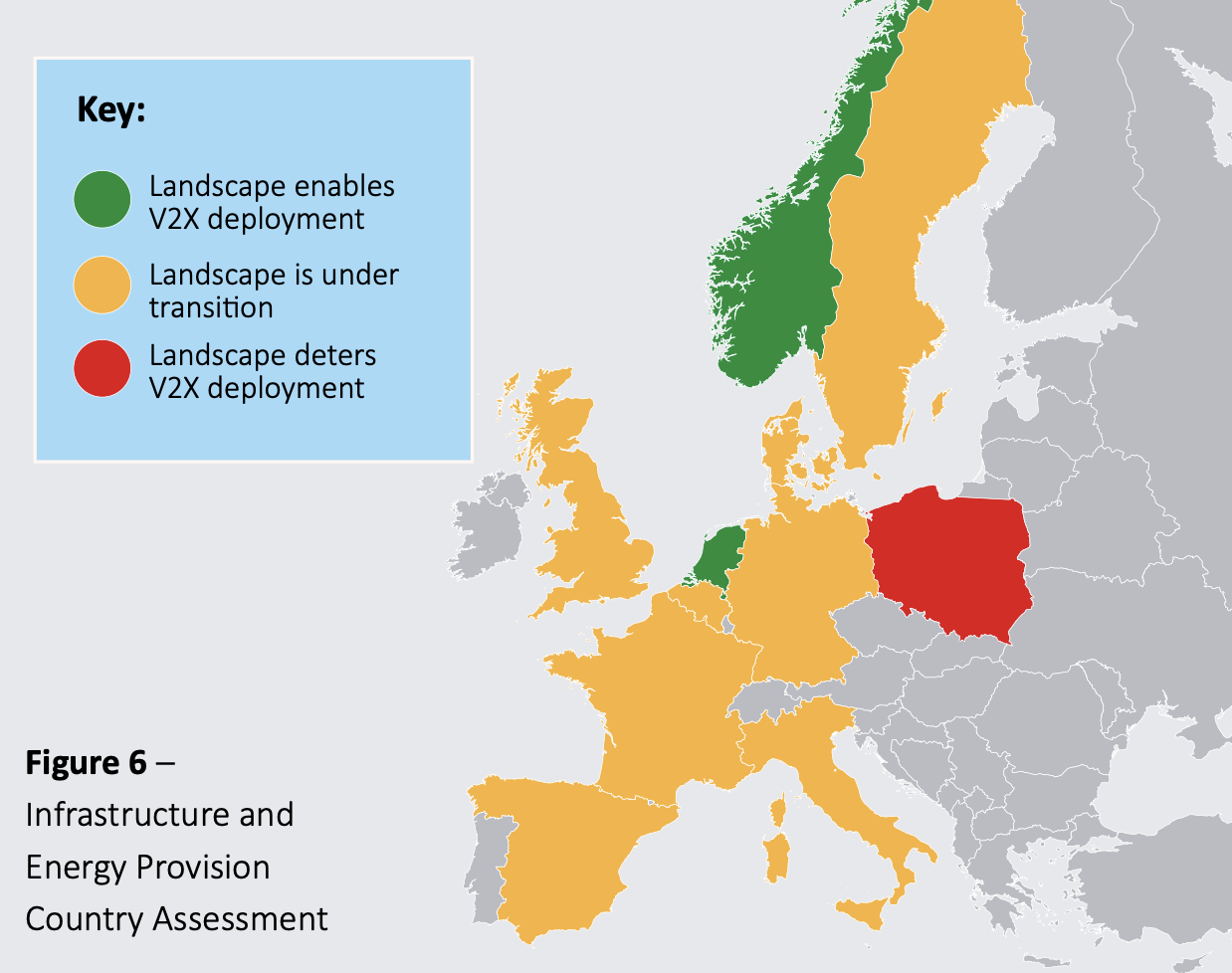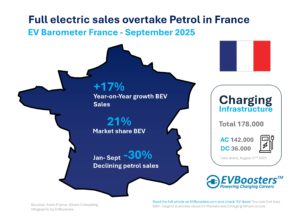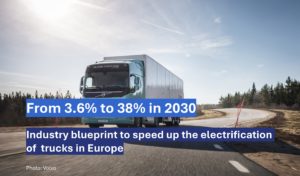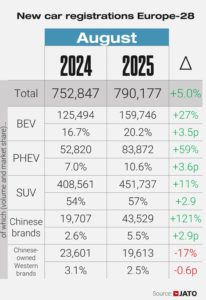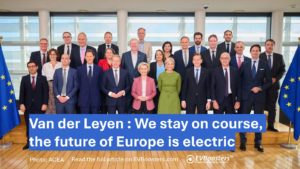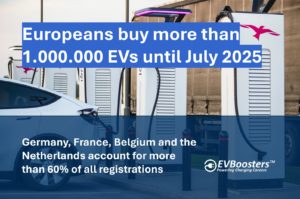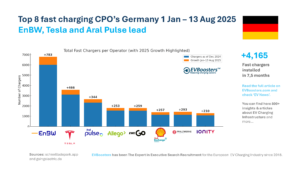Mixed Progress in EV Adoption
The report reveals a mixed picture of EV adoption and infrastructure development across European countries. Norway leads the charge with an impressive 88% of new vehicle sales being EVs and a 27% existing fleet share, complemented by a high number of charging points (CPs). The Netherlands also shows strong progress with a 36% new vehicle sales share for EVs and a significant number of CPs. Conversely, countries like Italy, Spain, and Poland lag behind, with low infrastructure and fleet share, indicating potential barriers to EV adoption.
V2X: A Nascent but Promising Technology
V2X technology, which allows EVs to communicate and interact with the power grid and other entities, is still in its early stages. The report underscores that most EVs on the road today are not equipped for V2X, and the infrastructure for bidirectional charging is limited. However, the growing penetration of EVs and charging points is seen as a proxy for future V2X adoption. The report advocates for policies to boost the uptake of V2X-capable vehicles and chargers to reduce costs and increase the viability of V2X business models.
Government Goals and Regulatory Requirements
Several European countries have set ambitious goals for the installation of charging stations, with Norway leading in private charging infrastructure, granting apartment residents the right to access charging facilities. The report highlights the Alternative Fuels Infrastructure Regulation (AFIR) requirements that EU Member States must meet, including providing publicly accessible charging power for each battery electric vehicle and a charging pool every 60 km along main and secondary highways by 2025 and 2030, respectively. However, there’s a call for more regulatory focus on increasing V2X-capable chargers in public places where vehicles spend more time.
Electricity Generation and Renewable Credits
The proportion of electricity generated from Variable Renewable Energy Sources (VRES) is crucial for V2X. Countries like Germany and The Netherlands are leading in integrating VRES and credit mechanisms, providing consumers with routes to access green energy. The report emphasises the importance of credit mechanisms for renewable energy source electricity used to charge EVs, as outlined in the Renewable Energy Directive (RED III), offering financial incentives to consumers.
Conclusion
The “Assessment of the Regulatory Framework of Bidirectional EV Charging in Europe” report paints a picture of a continent at a crossroads. While some countries are making significant strides in EV adoption and infrastructure development, others are trailing behind. The future of V2X technology, with its promise of a more interactive and sustainable transport ecosystem, hinges on continued policy support, infrastructure development, and consumer adoption. As Europe moves towards a greener future, the evolution of its EV landscape will be critical in shaping its energy and transport sectors.
Source: Assessment of the regulatory framework of bidirectional EV charging in Europe | SmartEN & DNV
